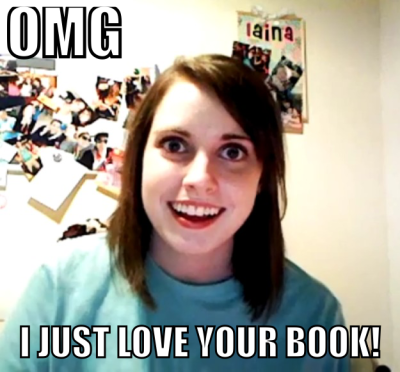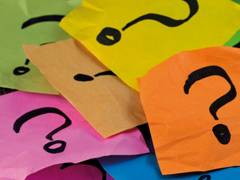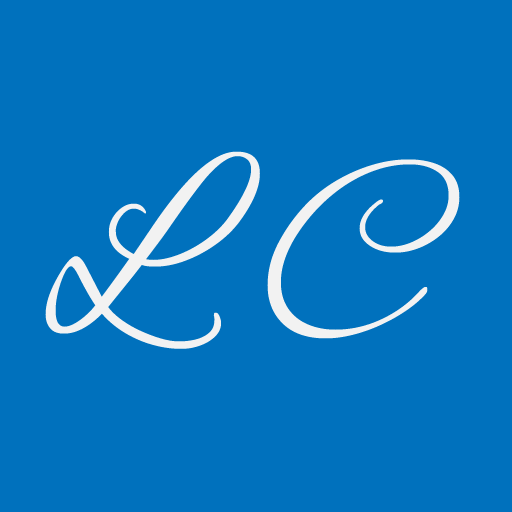You have finished your draft manuscript, worked with an editor on developmental and line edits, and hired a proofreader who has done one round of proof. You’re feeling great about your book, and thinking you’re done, right? If you’re smart about making sure your book is the best it can be, you have at least two steps to go. What is an important next step in the development of your book? Beta readers.
What is a Beta Reader?
Beta Readers read and give you constructive feedback on your manuscript before you indie publish or submit to agents and/or publishers. They are not professional editors or proofers. While beta readers have been commonly used for fiction works, they serve as an important part of nonfiction manuscript refinement as well. As Amanda Scofner at thewritelife writes, “Authors need beta readers to understand how people read their book and, like software companies and businesses, to identify confusing or irrelevant spots. Every author has weaknesses. You do too — but you’re blind to them. Beta readers won’t be.”
Who do You Find to Beta Read Your Book?
 First and foremost, your beta readers should come from the target audience for your book. Who are you writing this book for? Get it into hands of the kinds of people you eventually want to buy your book to help you learn what parts of it are working for that audience, and where weak spots might be that may still need attention. If you can find target audience beta readers who know more about book development than you do, all the better. Ideally, try to find three to five beta readers who are in your target audience, and well-versed in the genre of your book.
First and foremost, your beta readers should come from the target audience for your book. Who are you writing this book for? Get it into hands of the kinds of people you eventually want to buy your book to help you learn what parts of it are working for that audience, and where weak spots might be that may still need attention. If you can find target audience beta readers who know more about book development than you do, all the better. Ideally, try to find three to five beta readers who are in your target audience, and well-versed in the genre of your book.
Who not to pick? Your friends, family and loved ones. Why? They know you, care for you, and will be more apt to like what you write, or won’t have the gumption to tell you some or all of what they might see as weak spots. Either way, they are too close to you. To get the kind of feedback you need, find beta readers from outside your personal sphere that represent the readership you will be trying to reach.
Where You Can Find Beta Readers
Beta readers often will read for no charge. You can look for them in a couple of different areas:
Through your professional sphere: Seek out people in your professional network that are one step removed from regular coworkers or colleagues. Think of people you might know from professional organizations and community organizations that might be in your target audience.
Online: Check out GoodReads Beta Reader Group, Beta Readers’ Hub and sites like scribophile or Wattpad.
There are other beta readers who charge, but it’s not costly. With those that charge, you can get experienced beta readers, which can be well worth the investment. Google beta reader services and you’ll find outfits like frostbitepublishing and others who beta read for a fee. The upside of using a service who charges is they beta read a lot so they will know what you’ll need from a beta read.
Guidi ng Beta Readers
ng Beta Readers
In general, you want beta readers because you want the perspective of readers on the good, the confusing, the out-of-flow and other weaknesses. In addition to asking for this, it’s wise to develop a list with questions you’d like them to answer. The more detailed guidance you give, the more detailed feedback you’ll receive.
Once the Beta Readers are Done…
You may need to do further editing, which may mean you might want to circle those edits back to your editor, and once done with that, go to the second round of proofing. Which leads me to another important tip: with any book, get at least two rounds of proofing, with a bit of time in between.
By the time you reach the beta read stage, it is easy to feel like you just want to Just Be Done With It. But don’t skip these last refinement steps – getting reactions and insights from potential readers before your work is published is a critical step in the process of publishing and marketing your book!


 ng Beta Readers
ng Beta Readers